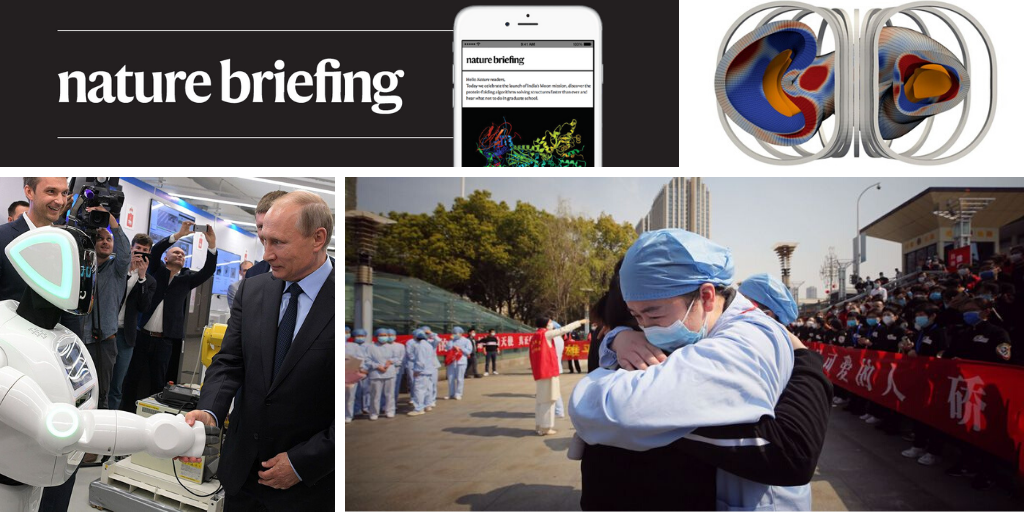Hello Nature readers, would you like to get this Briefing in your inbox free every day? Sign up here
Researchers have proposed a simplified design for nuclear-fusion reactors, based on powerful permanent magnets. The prototype reactors normally require sophisticated superconducting coils to confine plasma in a way that might one day offer enormous amounts of energy. While helping his son with a science-fair project (he wanted to build a rail gun), plasma physicist Michael Zarnstorff realized that neodymium–boron magnets are now powerful enough to be used instead of superconducting coils.
Reference: Physical Review Letters paper
Features & opinion
Russia has been boosting funding and reforming its languishing scientific system in a bid to turn around the decline that followed the collapse of the Soviet Union. Nature’s analysis shows that the results so far are patchy, but many scientists in Russia feel things are slowly changing for the better.
As climate change forces animals to move away from their normal habitats, wildlife corridors will be essential to help them pass the human-made boundaries that criss-cross the landscape. In Wyoming, policymakers and scientists envision a network of bridges, tunnels and protected byways to help Rocky Mountain wildlife survive what’s coming.
The Washington Post | 11 min read



